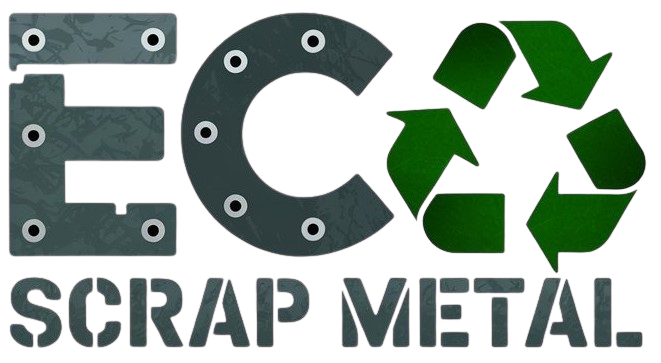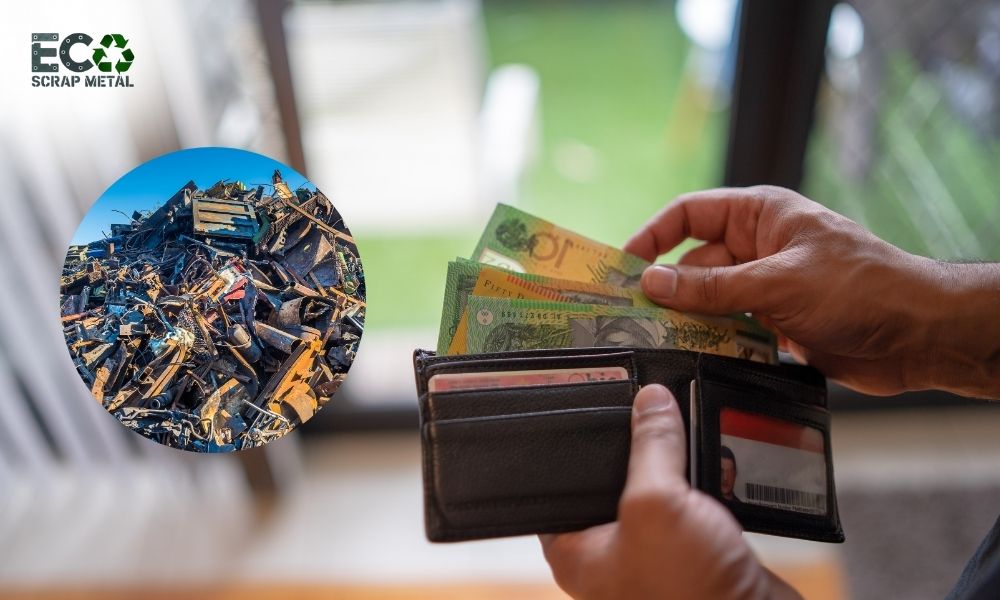How to Negotiate with a Scrap Metal Buyer to Get the Best Deal
Scrap metal, often seen as leftover waste or industrial byproduct, can actually be a valuable source of income when handled correctly. Whether it’s old copper wiring, steel beams from a construction site, or leftover aluminium siding from a renovation project, scrap metal has a market value, and that value can fluctuate depending on the buyer, current market conditions, and how the metal is presented. Despite its potential, many people walk away with less money than they should when selling their scrap, often because they don’t know how to effectively negotiate or understand the dynamics of the industry.
Negotiation in the scrap metal business isn’t just for large-scale industrial sellers. Even individuals or small businesses dealing with occasional loads can benefit from learning how to approach buyers with confidence and the right information. This blog explores practical strategies anyone can use to improve their results when negotiating with a scrap metal buyer.
1. Understand What You’re Selling
The first step in negotiating a better deal is having a solid understanding of the materials you’re selling. Scrap metal is typically divided into two main categories: ferrous and non-ferrous. Ferrous metals contain iron, such as steel and cast iron, and are usually less valuable per pound. Non-ferrous metals like copper scrap, brass scrap, aluminium, and stainless steel are worth more, especially when clean and properly sorted. Using a magnet is a simple way to distinguish between them—ferrous metals will stick, non-ferrous will not.
2. Research Scrap Metal Market Prices
Market prices for scrap metal are not static. They fluctuate regularly due to global demand, commodity trading, and even seasonal trends. Before you make a deal, take time to research the current pricing for the types of metal you’re selling. Online scrap price index sites, local scrap yard websites, or even community forums can provide you with a general idea of what your materials should be worth.
This step is crucial because walking into a negotiation without any pricing knowledge gives the buyer the upper hand. Comparing rates from different buyers can also help you make a more informed decision and avoid selling your scrap for less than it’s worth.
3. Sort and Prepare Your Scrap Properly
Buyers don’t just pay for weight—they also factor in the amount of effort required to process your materials. If you bring in a mixed load of various metals, expect a lower price because the buyer will need to spend time sorting it themselves. On the other hand, pre-sorted and well-organised scrap is more appealing and often fetches a higher rate.
The same logic applies to clean versus dirty scrap. Metals that have been stripped of paint, insulation, or non-metal attachments (like rubber or plastic) are worth more. For instance, clean aluminium siding is more valuable than painted or corroded pieces. Taking the time to remove contaminants and sort by type can significantly increase your payout and show buyers that you’re a knowledgeable seller.
4. Weigh and Estimate Your Load
While exact weights will be confirmed by the buyer, it helps to have a rough estimate of your total load before entering negotiations. This allows you to calculate expected earnings based on current prices and gives you a better sense of whether the buyer’s final offer is accurate or inflated.
In many cases, especially for smaller sellers, not knowing the weight of their scrap leads to missed opportunities or underpayment. Consider using a home scale or portable industrial scale for estimation. Being able to say, “I’ve got approximately 150 pounds of clean brass,” shows confidence and competence, and it often encourages a buyer to deal with you more fairly.
5. Get Multiple Quotes Before Choosing a Buyer
One of the most effective strategies for negotiation is simply shopping around. Contact multiple scrap metal buyers or individual buyers and request quotes based on the type and quantity of metal you have. Even if prices don’t vary widely, the service, convenience, or additional terms might differ and that can matter just as much as the price per pound.
6. Learn How to Communicate Professionally with Buyers
How you approach and communicate with a buyer can strongly influence the outcome of your negotiation. Being direct, informed, and respectful sets the tone for a professional interaction. Using correct industry terms—like referring to “#1 copper wire” or “clean aluminium extrusion”—immediately tells the buyer you’ve done your homework.
7. Sell in Bulk When Possible
Quantity plays a big role in pricing. Buyers often offer better per-pound rates for larger loads because it’s more efficient for them to process. If you’re able to save up your scrap or combine loads, this can make a noticeable difference in what you’re offered.
In some cases, selling in bulk may also open the door to additional negotiation points, such as free transport, expedited service, or preferred rates. Whether you’re a contractor generating regular scrap or a homeowner with a one-time haul, larger quantities often equal better deals.
8. Negotiate Based on Value and Not Just Weight
While scrap is typically bought by weight, value depends on much more. For example, a small load of #1 copper might be worth more than a much larger pile of low-grade steel. If you focus the conversation on the quality and desirability of your materials, you’re more likely to shift the negotiation in your Favor.
It’s also important to bring up any extra work you’ve done—like sorting or cleaning the metal—as part of your negotiation. Buyers understand the time and effort involved in preparing scrap properly and are often willing to reflect that in their pricing.
9. Be Honest About What You’re Selling
Trying to pass off low-grade materials as high-quality can hurt your chances of building long-term buyer relationships. Most experienced scrap metal buyers can quickly tell the difference between clean and contaminated metal, or between different grades. Misleading them may result in having your load rejected or being paid significantly less than expected.
Instead, honesty and transparency build trust. If you’re upfront about what you have and how it’s been prepared, buyers are more likely to offer competitive rates and remember you for future transactions. In the scrap industry, being a reliable seller often leads to repeat business and better deals over time.
10. Maintain a Record of the Transaction
Once a deal is made, it’s important to ask for documentation—such as a receipt or weight ticket—to confirm the amount sold and the price paid. This is particularly important if you’re dealing with larger quantities, have business expenses to track, or want to verify that you were paid fairly.
Keeping records also helps you track trends over time, compare different buyers’ rates, and prepare for future negotiations. It adds a layer of professionalism to your transactions and can protect you in case of any disputes or discrepancies.
Conclusion: Be Informed, Be Strategic, and Don’t Settle for Less
Selling scrap metal doesn’t just involve handing over a pile of metal in exchange for cash—it’s a process that, when done thoughtfully, can yield far greater returns. Understanding what you’re selling, preparing your materials properly, and approaching buyers with confidence are the foundations of successful negotiation. It’s not about being aggressive; it’s about being prepared, asking the right questions, and knowing when and how to push for a better deal.
Negotiation is a skill that improves with experience, but anyone can start benefiting from these practices right away. By taking time to research, present your scrap well, compare offers, and communicate professionally, you can ensure that you’re not leaving money on the table. Scrap metal holds value—and with the right approach, you can make sure you get every dollar your materials are worth.

